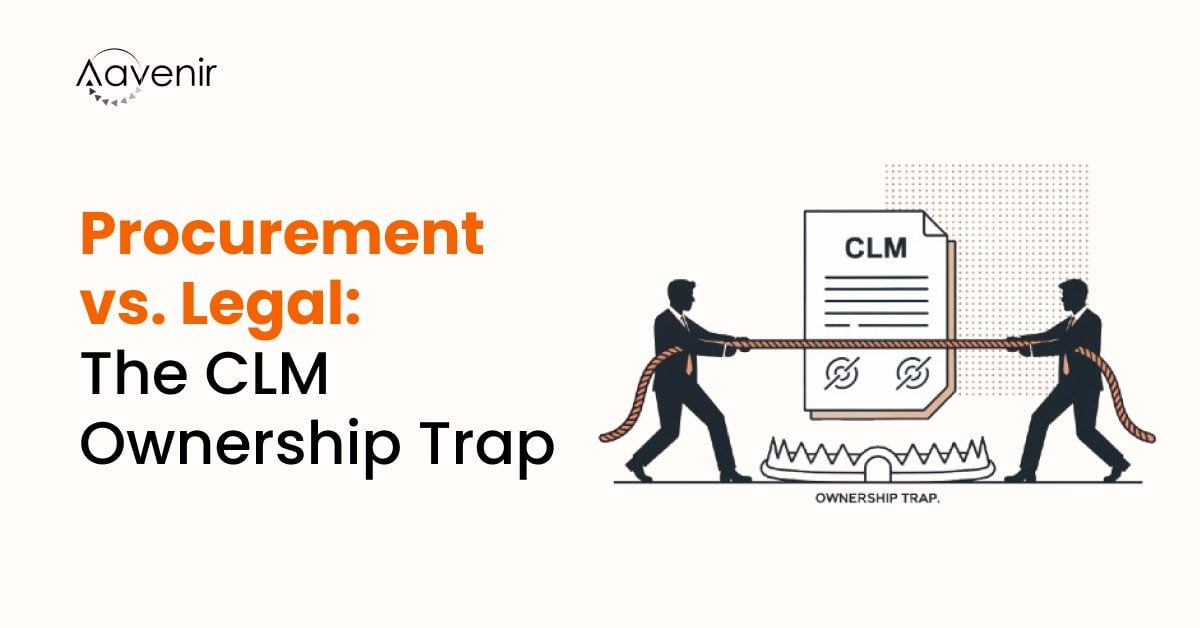A request for proposal(RFP) in procurement is a sourcing strategy that involves a request for quotation (RFQ) and a request for information (RFI) from various vendors/suppliers to compare the features, pricing, and functionalities. RFP software is a potent and valuable tool for supplier sourcing and evaluation. One of the many reasons why large organizations, governments, and companies looking to make massive purchases use RFP software to analyze the offerings from various vendors.
Work teams invest several hours in the RFP procurement process but still have to endure disappointment and discomfort throughout the process. Requesting a procurement proposal can be time-consuming, tedious, and overwhelming for the proposal teams. When it comes to RFP, businesses around the world face particular challenges.

Top Challenges in the RFP Procurement Process
Challenge # 1: Manual RFP process
The RFP process, when done manually, is quite complex and laborious. Proposal teams have a folder with thousands of proposals received from suppliers, increasing the count of emails and excels.
Action-plan
- The tedious and time-consuming manual tasks that procurement teams perform can be streamlined with sourcing automation.
- The mere thought of going through the various emails and excel spreadsheets can put much pressure on the existing teams, especially when they have a tight schedule.
- From sorting and organizing supplier data to preparing it for review from the organization’s stakeholders, RFP teams achieve tight deadlines with advanced RFP software.
- Further, the solution eliminates the need to maintain excel spreadsheets or follow up with multiple email trails. All of this is tracked and managed within the RFP tool.

Challenge # 2: The cost of running an RFP
The most common challenge businesses worldwide face with RFP is that the cost of running an RFP is too high. For example, if the cost of running an RFP is USD 25,000 for a purchase of USD 1,50,000, the RFP process turns out to be expensive.
Action-plan
- Understanding the amount of money spent on the RFP process and operational costs.
- Identify the conditions that can be chalked out for making RFP a value-based decision tool instead of an expensive one.
Challenge # 3: Return on Investment (ROI)
For any business belonging to any industry, time is money. Many organizations are unaware of how much they spend on RFP. However, most organizations still use redundant manual RFP processes, which makes getting a high ROI for RFP a big challenge for businesses. Further, enterprises make decisions based on incomplete information, which proves to be expensive in the long run and lowers the ROI for the request for proposal process.
Action-plan
- Already 67% of organizations believe they need to improve the time to resolve supplier inquiries. This streamlines the parameters for the sourcing process.
- As aforementioned, skip the manual RFP with strategic sourcing software
- A unified solution offers a real-time view of data for evaluation, thereby positively impacting the sourcing lifecycle.
Challenge # 4: One-Size-Fit all RFPs
Businesses finish awarding a bid to not-so-relevant suppliers with a single RFP for all departments and requirements. Moreover, at all times, there’s a struggle juggling the right set of questionnaires or creating a new one for a new supplier.
Action-plan
- It is high time you create tailor-made proposals and RFPs without compromising on quality and turnaround time.
- RFPs are never alike, nor are the questionnaires. Switch to a supplier sourcing solution that offers business-specific RFP templates with the right set of questionnaires.
- Implementing a robust RFP tool can help teams store new questions and assign weightage accordingly.

Challenge # 5: Stakeholder Collaboration
In the RFP procurement process, the involvement of stakeholders is indispensable. However, too many individuals’ involvement would mean more time spent on coordination—no track of ‘who is doing what kills time drastically and elongates the sourcing cycle.
Action-plan
- Stakeholder involvement drives a streamlined sourcing strategy with higher ROI.
- For the sourcing process to be successful, it is essential to clearly define the roles and responsibilities, timelines, and a method of communication with the stakeholders over a unified RFP tool.
- The relevant metrics over the RFP solution translate the information and data to make everyone understand which supplier won the contract and its reason.
- The problem of communication between different stakeholders can be resolved with sourcing workflow collaboration.
- Streamlined communication with clearly defined objectives and specific supplier evaluation criteria can help prevent the massive frustration caused due to repeated questions, huge email thread chains, and never-ending conference calls.
On average, 9 people are involved in completing every RFP in an organization. Streamline processes with SOURCING WORKFLOWS
Challenge # 6: Lack of expertise in Questionnaire
A lack of skilled internal expertise in understanding requirements and creating questionnaires can result in substandard outcomes. Poorly designed questionnaires lack clarity and sub-optimal benefits from supplier evaluation.
Action-plan
- For the RFP procurement process to be effective, the internal teams responsible for procurement need to ask the right set of questions.
- To drive value from the RFPs, the internal teams need to ask the suppliers relevant questions, establish a streamlined communication between stakeholders, and chalk out proper evaluation criteria.
65% of enterprise companies cite Questionnaire and data storage improvement as the top benefit of using RFP software.
Organizations struggling with the RFP process can opt for the supply positioning model, which involves segmenting (classifying) a business spend portfolio based on risk and opportunity.
How Aavenir RFPflow solves RFP Process Challenges
Implementing RFP software for strategic sourcing is crucial for organizations to:
- Streamline the RFx management
- Increase stakeholder engagement
- Save valuable time and cost
With Aavenir RFPflow, teams can manage everything from a single location and, most importantly, have access to data and information they need without searching in different files and folders. As a result, RFP software makes better compilation of data possible, thus improving the decision-making process for supplier sourcing.




